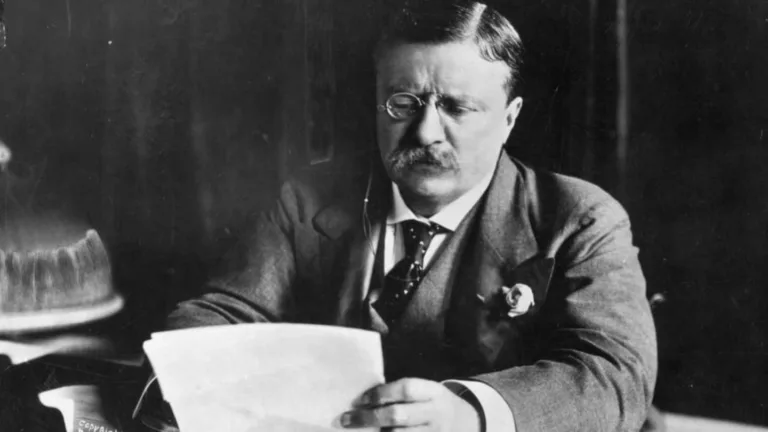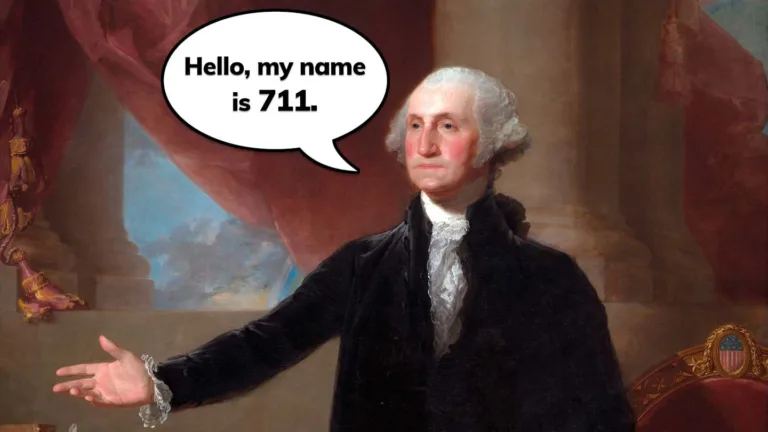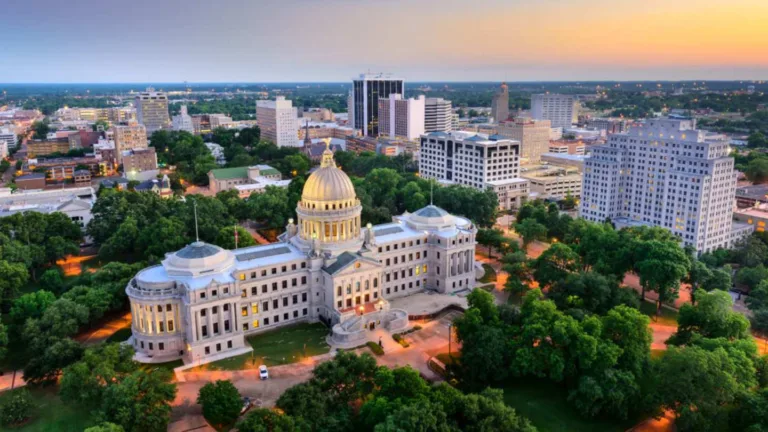Have you ever been to a burger joint and noticed two familiar names, but wondered if they were truly the same? That’S Exactly What we’Re Diving Into Today: the intriguing story of Carl’s Jr. and Hardee’s. While their menus might seem almost interchangeable and their restaurants often sporting Similar Aesthetics, these iconic burger chains have a Surprisingly Distinct Past.
One thing is for sure, they both share a passion for juicy burgers and crispy fries, satisfying cravings across America. But their origins tell a fascinating tale of two entrepreneurs with ambitious dreams. Carl Karcher’s vision for Carl’s Jr. started as a simple hot dog stand in Los Angeles back in 1941, gradually evolving into the beloved burger Chain We Know Today. Meanwhile, Wilbur Hardee planted his flag in North Carolina in 1960, focusing on smaller towns that hadn’t yet been conquered by major fast-food giants like Mcdonald’s or Burger King.
This separate journey makes for a unique story when these two titans Eventually Crossed Paths. Their merger in 1997 under Cke Restaurants paved the way for Carl’s Jr. and Hardee’s to become the burger powerhouses they are today, but their individual legacies continue to Shape Their Distinct Identities.
The Birth of Two Burger Giants: Carls Jr. and Hardees
The story of Carl’s Jr. begins in the heart of Southern California, not with a burger, but with a humble hot dog stand. Carl Karcher, armed with ambition and a recipe for classic Coney dogs, opened his first eatery in Los Angeles back in 1941. It wasn’t long before he realized that people craved more than just sausages – They Wanted Juicy Burgers too! So, Carl’s Jr. Expanded Its Menu, focusing on fresh ingredients and mouthwatering preparations. By the late 1950s, the chain had become a California sensation, known for its flavorful burgers and “Quality Burgers at Reasonable Prices” slogan.
Meanwhile, across the country in North Carolina, Wilbur Hardee was carving his own path in the burger world. He opened his first restaurant in 1960 with a vision of bringing delicious, affordable burgers to smaller towns often overlooked by larger chains. Hardee’s, As It Became Known, quickly gained popularity for its signature “thickburgers” – generously stacked and served on soft buns. They also focused on friendly service and hometown charm, creating a welcoming atmosphere that resonated with local customers.
 Leif Erikson: Fun Facts & Viking History
Leif Erikson: Fun Facts & Viking HistoryThese two burger pioneers, though separated by geography and time, both shared a common goal: to serve up satisfying burgers and Build Loyal Followings. And their stories are just beginning…
Different Origins, Similar Aims
Though they shared a common passion for burgers, the paths leading to Carl’s Jr. and Hardee’s couldn’T Have Been More Different. Carl Karcher started his journey in bustling Los Angeles, aiming to capture the hearts (and stomachs) of California’s burger-Loving Population. He focused on quality ingredients and a sophisticated menu that constantly evolved with changing tastes.
On the other hand, Wilbur Hardee brought his vision to smaller towns across the Southeast, forging a connection with communities hungry for familiar flavors and friendly service. Hardee’s prioritized affordability and accessibility, becoming a neighborhood favorite known for its down-to-earth charm and hearty portions. Yet, Despite These Contrasting Beginnings, both chains shared a core ambition: to deliver delicious burgers that satisfied cravings and built lasting customer loyalty.
This common goal would eventually lead Them Together, but first, they continued to grow as separate entities, carving their own niches in the ever-evolving fast-Food Landscape.
A Merger of Fast Food Powerhouses
The burger world was about to get a shakeup in 1997 When Two fast-Food Powerhouses Joined Forces. Cke Restaurants, the company behind Carl’s Jr., made a bold move by acquiring Hardee’s for a cool $327 million. It was a strategic play that combined the strengths of both chains, aiming to create an even bigger force in the competitive fast-Food Industry.
This merger wasn’T Just About Consolidating Power; it also presented an opportunity to expand Carl’s Jr.’s reach into the East Coast market without alienating existing Hardee’s customers. To achieve this delicate balance, Cke decided to maintain the distinct identities of both brands. Customers could still enjoy their favorite Hardee’s meals with familiar flavors and Local Charm, while also experiencing the innovative menu items and bolder marketing campaigns associated with Carl’s Jr.
This dual-Brand Strategy Proved Successful, allowing both chains to thrive under One Umbrella. The merger created a fast-food giant that spanned coast to coast, serving millions of customers and solidifying its place as a major player in the burger industry.
The Evolution of a Shared Brand
The merging of Carl’s Jr. and Hardee’s wasn’T Just About Combining Resources; it was about creating a shared brand identity that resonated with customers across the country. To achieve this, Cke Restaurants embarked on a gradual process of harmonizing their appearances and menus.
Starting in the early 2000s, you started seeing more uniformity in Carl’s Jr. and Hardee’s restaurants. Refurbished buildings sported similar signage and Color Schemes, creating a sense of brand consistency. The menus also began to converge, with popular items from both chains Sharing Space side-by-side. This seamless integration made it easier for customers to navigate the offerings, regardless of which location they visited.
This evolution wasn’T Always Smooth Sailing. Some purists argued that the merging diluted the unique identities of Carl’s Jr. and Hardee’s, while others embraced the broader appeal of a unified brand. Ultimately, the strategy proved successful, solidifying the place of both names as recognizable and beloved players in the burger world.
East Meets West: Two Chains, One Future
The merger of Carl’s Jr. and Hardee’s brought together two distinct culinary cultures – The West Coast flair of Carl Karcher’s original vision and the Southern hospitality of Wilbur Hardee’s establishments. This cultural fusion created a unique dynamic within the combined brand, offering something for everyone.
Customers on both coasts could enjoy the familiar comforts of their local chain while discovering new menu items and flavors inspired by the other region. The marriage of these two perspectives broadened the appeal of Carl’s Jr. and Hardee’s, making them more relevant to a Wider Audience.
This East-meets-West approach proved to be a Winning Formula, solidifying their position as a truly national force in the fast-Food Industry.










